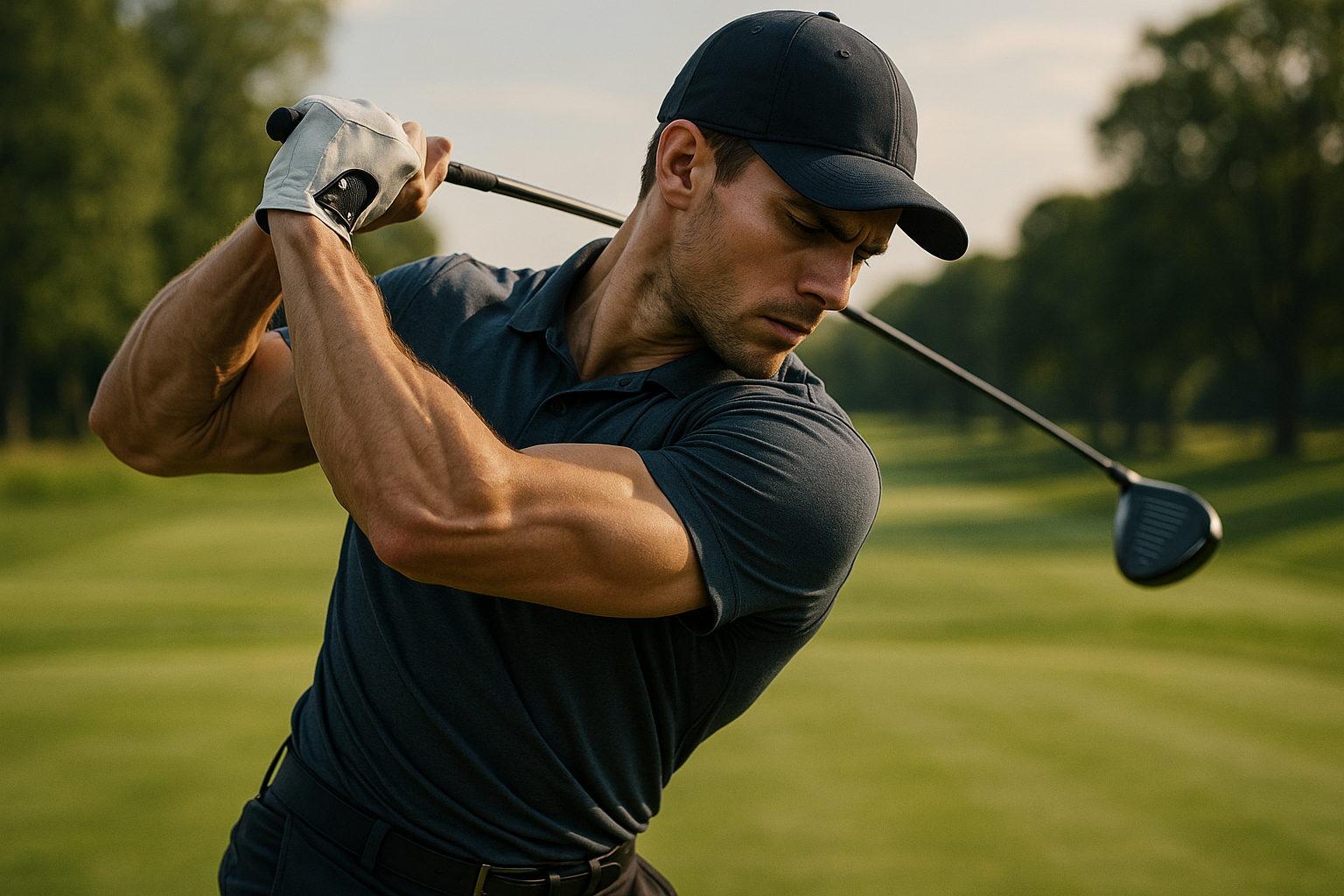Breaking Down the Science of Perfecting the Golf Swing
In the world of sports, few movements are as studied, scrutinized, and idolized as the golf swing. It's a complex sequence of motions that involves precision, power, and technique—elements that can be perfected only with practice and understanding. This article will delve into the science of perfecting this iconic swing, providing insight from leading sports experts and a fresh perspective on a topic that is rarely explored in depth.

The Anatomy of the Golf Swing
At its core, the golf swing is a sequence of movements that relies on a variety of muscles and joints. The golfer must possess excellent coordination, strength, and flexibility to perform this motion effectively. The swing is divided into several phases: the setup, the backswing, the downswing, and the follow-through. Each phase requires a unique set of muscles to work in harmony, and the correct sequence of muscle activation is critical for optimal swing performance.
The Role of Biomechanics
Biomechanics, the study of the mechanical laws relating to the movement or structure of living organisms, plays a crucial role in understanding and perfecting the golf swing. Every swing has a kinetic chain—a sequence of movements generating and transferring energy from one body part to another. In golf, this chain starts from the feet, travels up to the hips and trunk, and ends at the hands holding the club. This kinetic chain’s efficiency often determines the power and accuracy of the shot.
The Power of Practice and Technique
While understanding the biomechanics of the swing is essential, practice, technique, and repetition are just as crucial. A golfer must be able to consistently replicate their swing under various conditions and pressures. This requires a keen understanding of one’s body, the ability to adapt and correct errors, and the mental fortitude to maintain focus and composure.
The Impact of Equipment
The role of equipment in golf cannot be understated. The design and technology of golf clubs have evolved significantly over the years, allowing for greater control and precision. However, finding the right equipment that suits a golfer’s unique swing and style is imperative. A golfer must understand the nuances of club design, including factors like club length, clubhead design, and shaft flex, and how they influence the swing.
Concluding Thoughts
The golf swing is a complex, nuanced motion that requires a blend of physical strength, technique, and mental focus. Through understanding the biomechanics involved, consistent practice and technique refinement, and the optimal use of equipment, one can inch closer to perfecting this iconic motion. The pursuit of the perfect golf swing is a journey of continual learning and improvement—a testament to the intricate and fascinating world of sports.




